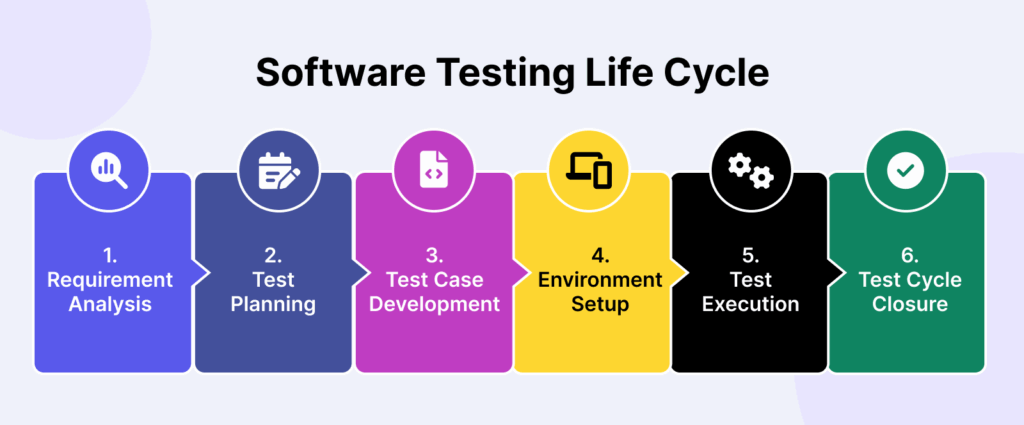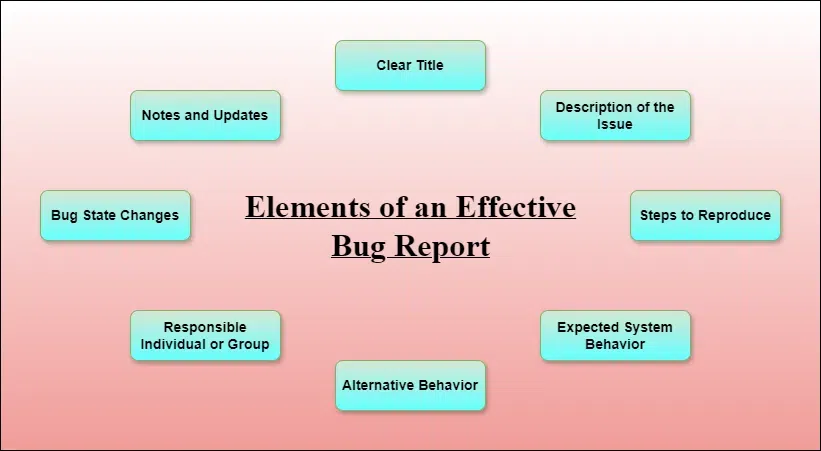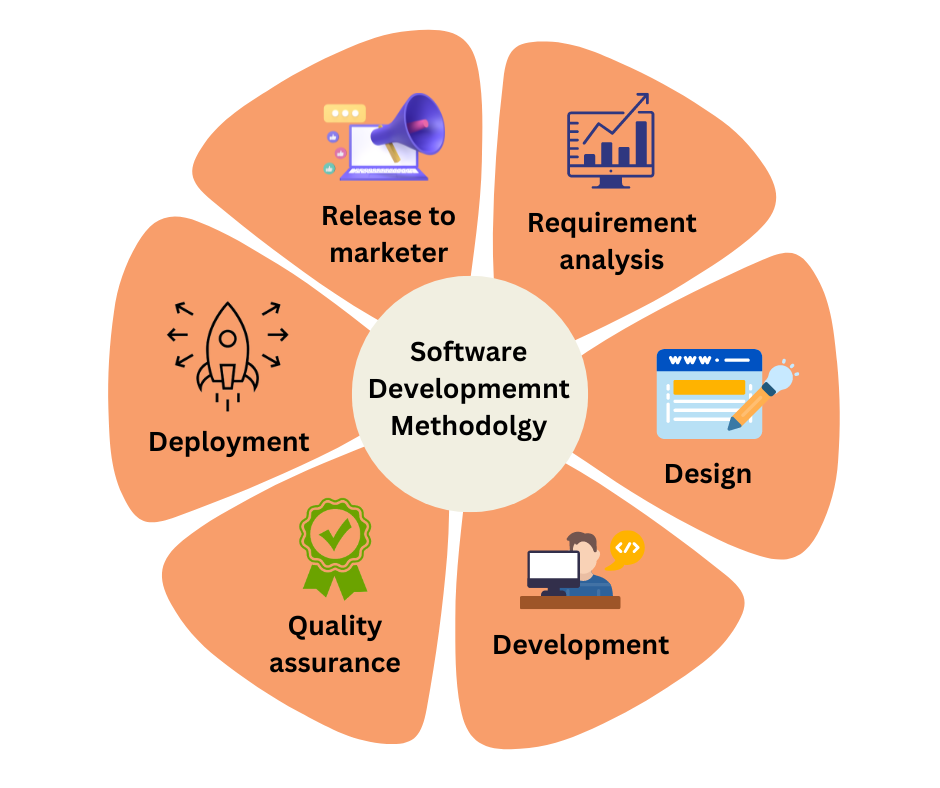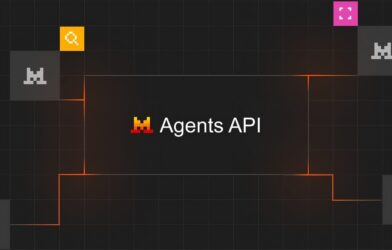QA is often seen as the easiest entry point into the IT industry. Unfortunately, this misconception has led to an influx of applicants with zero knowledge or skills, which has become a growing issue in the job market.
Here’s the reality: while you don’t need to know programming languages to land a Junior QA role, you do need a solid foundation in theory and some hands-on practice. Let’s break down what that means.
Testing Theory: More Than Just Reading a Book

Reading a QA manual isn’t enough. Even a beginner manual tester should be familiar with over 80 key terms that define industry concepts and processes.
You need to understand what bug reports, checklists, user stories, and test cases are. It’s essential to know the levels of testing, the bug life cycle, and the differences between various testing types and methodologies.
These distinctions can be tricky. For example, junior candidates often confuse usability testing with UI testing — or manual with automated testing. These are common interview questions and missing them can cost you the job.
Keep in mind: finding bugs is only part of the job. A tester’s true mission is to determine whether the product meets the client’s requirements — whether the software does what it’s supposed to do, correctly and reliably.
Writing Effective Bug Reports

Spotting a bug is just the beginning. A good manual tester’s job is to localize the bug — meaning they need to reproduce it under various conditions, identify triggers, and gather enough detail to help developers fix it efficiently.
Then comes the report itself. A bug report must be precise and clear — ideally so straightforward that even someone’s grandma could reproduce the issue step-by-step.
Additionally, QA engineers need to be comfortable using project management tools (like Jira or Trello), test case management systems (such as TestRail, Zephyr, or TestLink), and knowledge base platforms (Confluence, Wiki). These tools are part of daily QA workflows.
Software Development Methodologies

To test websites, apps, and software effectively, you must understand how they are built. You don’t need to be an expert in development cycles yet, but you should be familiar with Waterfall, Agile (especially Scrum), and Kanban.
In a Scrum team, for instance, a tester needs to know who to contact in different situations — whether it’s the Product Owner or the Scrum Master. Understanding sprint cycles, adapting testing tasks to them, and participating in daily standups are all part of the job.
Operating Systems and Browsers
To test properly, you’ll need access to a few monitors, a smartphone, and a tablet — because bugs can appear in Safari or Opera but not in Chrome. The UI might be perfect on iOS, but fonts could break on Android.
That’s why QA testers need hands-on experience with multiple desktop and mobile operating systems. For desktops: Windows, macOS, and Linux. For mobile: iOS and Android. It’s also useful to understand the differences between the latest OS versions.
Web testers must know the quirks of all major browsers — both desktop and mobile — and often use simulators to preview how a site looks on screens of various sizes and resolutions.
Databases and SQL Basics
Even junior QA engineers often interact with databases. While no one expects advanced database skills, you should know the basics: what databases are, how they work, and how to query them.
Bug localization may require checking stored data, and that’s where SQL comes in. QA testers should know how to connect to a database and use basic SQL commands to verify or retrieve data. Common relational databases include MySQL, PostgreSQL, and MS SQL, with MongoDB or Cassandra (NoSQL) knowledge being a nice bonus.
Final Thoughts
The exact tech stack and skills required for QA can vary depending on the project type, domain, and company — whether it’s a startup, a product team, or an outsourcing firm. But the basics remain consistent across the board.
There are now more opportunities than ever to explore IT. If this article has inspired you, consider joining a free QA crash course. Or maybe you’re drawn to front-end development instead? There’s a beginner-friendly course for that, too. You’ve got options — and you’ve got this.













Comments are closed